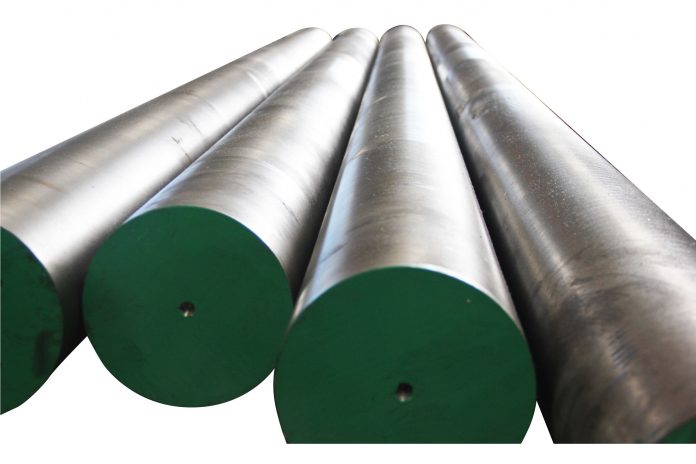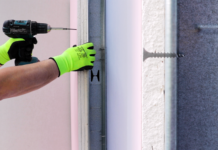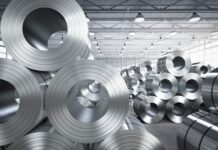Introduction
AISI 4140 steel and D2 steel are both iron alloys that have 86% of their average allow composition in common. The AISI 4140 steel bar, flat or plate material is essential for a wide range of applications where wear resistance and higher toughness is necessary. You can use AISI 4140 steel in holder blocks, drill collars, bolts, jigs, among other practices. The D2 steel is suitable for long run tooling applications where wear resistance is needed. D2 steel is essential in blanking or forming dies, and thread rolling dies. Read on below to get more insight regarding AISI 4140 steel and D2 steel.
AISI 4140 Steel
AISI 4140 Steel is a low allow steel that contains manganese, molybdenum, and chromium. It is an excellent material choice due to its impact and abrasion resistance, high fatigue strength, and toughness. These properties can explain why various industries use AISI 4140. Very few grades can match the usefulness and versatility of AISI 4140.
AISI 4140 Chemical Composition
The simple chemistry of AISI 4140 leads to its versatility. It contains 0.85% manganese and 0.40% carbon, which makes it tough and heat treatable. It is hardened by 0.1% chromium to add on to the overall toughness. There is also 0.25% molybdenum and traces of phosphorous, sulfur, and silicon.
AISI 4140 Steel Weldability
You can use the regular welding procedures for AISI 4140 steel welding, although the steel is tough to weld. There is also a need to preheat the section and ensure that the stress-relieving happens after welding. You should avoid welding AISI 4140 steel in the handed and tampered condition as it changes the mechanical properties within the weld zone affected area. Experts highly recommend that you should weld AISI 4140 chrome-molybdenum steel in the annealed condition.
Cool the workpiece immediately in case welding needs to be done in the hardened and tempered conditions. The stress-relieving process also has to be at 15C below the initial tempering temperature. You should only use low hydrogen electrons when welding AISI 4140 steel in any condition. The maximum cooling rate after welding should be 95C per hour down to 95C. Cooling in steel air should then follow.
AISI 4140 Steel machinability
AISI 4140 steel has proved to have good machinability. It is easy to perform operations such as drilling, hobbing, turning, sawing, tapping, broaching, and milling. Following the recommendations given by the machine manufacturer is all you have to do. AISI 4140 has the following properties:
- 110 ft/min cutting speed
- Machinability rating at 66% of B1112
D2 Steel
D2 steel is a high-chromium, high carbon, and air-hardening tool steel. Its abrasion and wear resistance properties make it the right choice for you. It can also be heat-treated, and this guarantees hardness in the range 55-62 HCR. It is also machinable in the annealed condition and shows slight distortion on correct hardening. Its high chromium contents provide the mild corrosion-resisting properties of D2 steel in the hardened state.
D2 Steel Heat Treatment
Forging
The heating of D2 steel for forging should be uniformly and slowly. Soak through 1010C to 1065C and reheat as often as required until the temperature drops below 900C. Cool steadily in mica, lime, dry ashes, or furnace after forging. You should always anneal D2 steel after forging.
Annealing
Heat the D2 steel slowly to 840C-870C and hold it until the whole mass is heated thoroughly. You should then cool it slowly in the furnace (4C per hour) until it gets to 500C, after which you may increase the cooling rate. Always take suitable precautions to avoid extreme carburization or decarburization.
Stress Relieving
Heat slowly to 565C-685C when there is the need to relieve strains of machining. Allow it to equalize and then to cool in still air.
Hardening
Preheat slowly before hardening to 730C -780C and maintain at this temperature until it is uniformly heated. Then, heat the D2 steel to 980C-1010C and hold it at the hardening temperature until it is entirely and evenly heated.
Quenching
D2 steel develops hardness on cooling in still air. It is advisable to use vacuum furnaces or controlled atmosphere to avoid decarburization and prevent scaling of the surface. You can also protect the surface in the hardening process by wrapping the piece in stainless steel foil, salt baths, or pack hardening when furnaces are not available. Allow the parts to cool to 65C and then temper immediately.
Tempering
The tempering temperature can vary depending on the hardness needed. Tempering should be in the range of 150C-200C if maximum hardness is required. Tampering at 500C will give a lower hardness.



































































